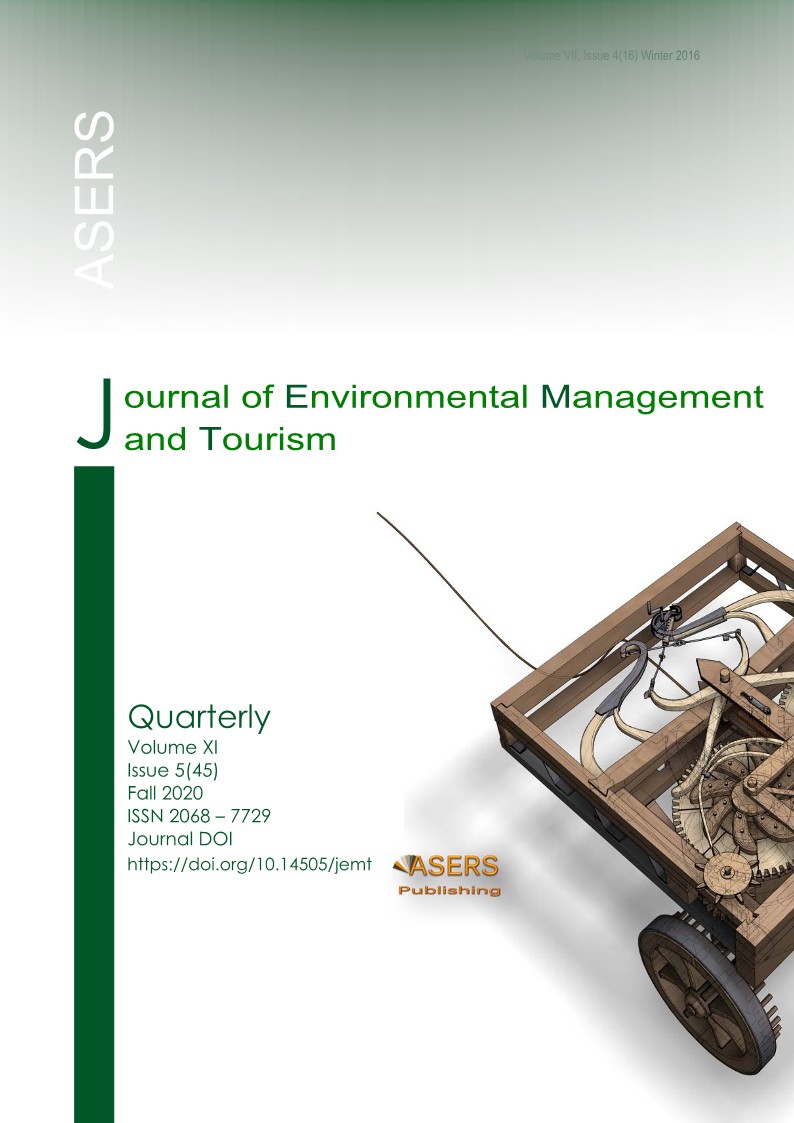Distinctive Role of Toxic Haze in Promoting Individual and Collective Pro-Environmental Behavior of the Youth in Thailand
Distinctive Role of Toxic Haze in Promoting Individual and Collective Pro-Environmental Behavior of the Youth in Thailand
Author(s): Nittaya Wongtada, Chirawan Chaisuwan, Benjaphon Kawlabh, Attadech LowaphapSubject(s): Economy, Energy and Environmental Studies
Published by: ASERS Publishing
Keywords: pro-environmental behaviour; smog; haze; behavior change; collective behaviour; theory of planned behaviour; Fogg behavior model;
Summary/Abstract: In this paper, the authors investigated whether suddenly rising hazardous haze could raise the awareness of the youth about its danger to humans and the ecology, leading them to protect the environment. The theory of planned behavior and the Fogg behavior model was employed in this study. The online survey was administered to university students in Thailand. The authors compared the haze’s influence in the individual context, which is directly relevant to, and under the control of, the youth and in the collective context in which the youth has to rely on others to perform pro-environmental behavior. SEM techniques were used to analyze the relationship between constructs in the research model and to compare the results between the individual context and the collective context. The findings showed that, in the individual context, the fear of theconsequence and the belief in the connection between the haze and environmental degradation stimulate an environmentally concerned attitude. This concern, as well as the social norm and perceived behavior control, affect intention and behavior to save the environment. However, the role of the collective context in observing the impact of haze is more complex. Social norms and perceived behavior control, as well as the perceived effect of smog and perceived connection between the haze incidence and the degradation, have to operate cohesively to persuade the youth to participate in collective activities to solve collective problems.
Journal: Journal of Environmental Management and Tourism (JEMT)
- Issue Year: XI/2020
- Issue No: 05 (45)
- Page Range: 1184-1199
- Page Count: 16
- Language: English
- Content File-PDF

